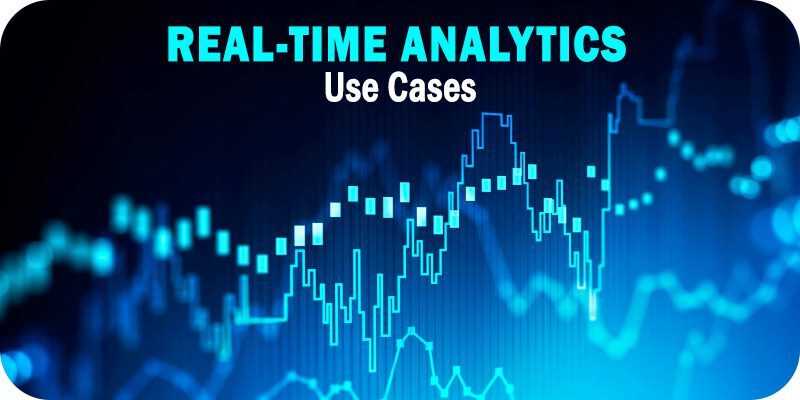Real-time analytics refers to the process of analyzing data as soon as it is generated or received, enabling organizations to derive actionable insights and make informed decisions instantaneously. In today’s fast-paced digital environment, where data is continuously generated from various sources such as IoT devices, social media platforms, transactional systems, and sensors, real-time analytics plays a pivotal role in driving operational efficiency, enhancing customer experiences, and gaining competitive advantage.
Key Components of Real-Time Analytics
- Data Streaming and Processing: Real-time analytics relies on data streaming technologies and platforms that ingest, process, and analyze data in near real-time. Technologies such as Apache Kafka, Apache Flink, and AWS Kinesis enable organizations to handle high-velocity data streams and perform continuous analytics.
- In-Memory Computing: In-memory computing technologies like Apache Ignite and Redis enable data to be stored and processed in-memory, reducing latency and enabling faster data access and analytics compared to traditional disk-based systems.
- Event-Driven Architecture: Real-time analytics often utilizes event-driven architectures where events trigger automated actions or analytics processes based on predefined rules and thresholds. This approach supports real-time responsiveness and proactive decision-making.
Applications and Benefits
- Operational Intelligence: Real-time analytics provides operational teams with immediate visibility into systems, processes, and transactions, enabling proactive monitoring, anomaly detection, and issue resolution before they impact operations.
- Customer Insights and Personalization: Organizations leverage real-time analytics to analyze customer behavior, preferences, and interactions across digital channels in real-time. This enables personalized marketing campaigns, real-time recommendations, and improved customer engagement.
- Risk Management and Fraud Detection: Industries such as finance, healthcare, and e-commerce use real-time analytics to detect anomalies, identify fraudulent activities, and mitigate risks promptly. Advanced analytics models and machine learning algorithms enable proactive fraud prevention and risk assessment.
Challenges and Considerations
- Data Integration Complexity: Integrating data from disparate sources into real-time analytics platforms requires robust data integration frameworks, API management, and data governance to ensure data accuracy, consistency, and reliability.
- Scalability and Performance: Handling large volumes of data streams and ensuring low-latency processing in real-time analytics environments necessitates scalable infrastructure, optimized algorithms, and efficient resource management.
- Security and Compliance: Real-time analytics environments must adhere to stringent security protocols, encryption standards, and regulatory compliance (e.g., GDPR, HIPAA) to protect sensitive data and ensure data privacy during processing and transmission.
Future Trends
- Edge Computing and Real-Time Analytics: Integration of edge computing with real-time analytics enables data processing and analysis closer to the data source (IoT devices, sensors), reducing latency and bandwidth requirements for time-sensitive applications.
- AI and Machine Learning Integration: Advancements in AI-driven analytics and machine learning models enhance real-time decision-making capabilities by automating pattern recognition, predictive analytics, and anomaly detection in streaming data.
- Containerization and Microservices: Adoption of container orchestration platforms (e.g., Kubernetes) and microservices architectures facilitates modular, scalable deployment of real-time analytics applications across hybrid and multi-cloud environments.
Conclusion
Real-time analytics empowers organizations to harness the power of data by transforming raw information into actionable insights in milliseconds. By leveraging advanced technologies, robust infrastructure, and agile methodologies, businesses can gain a competitive edge, improve operational efficiency, and deliver superior customer experiences in today’s data-driven economy. Embracing real-time analytics is essential for organizations looking to stay agile, responsive, and innovative amidst evolving market dynamics and customer expectations.
